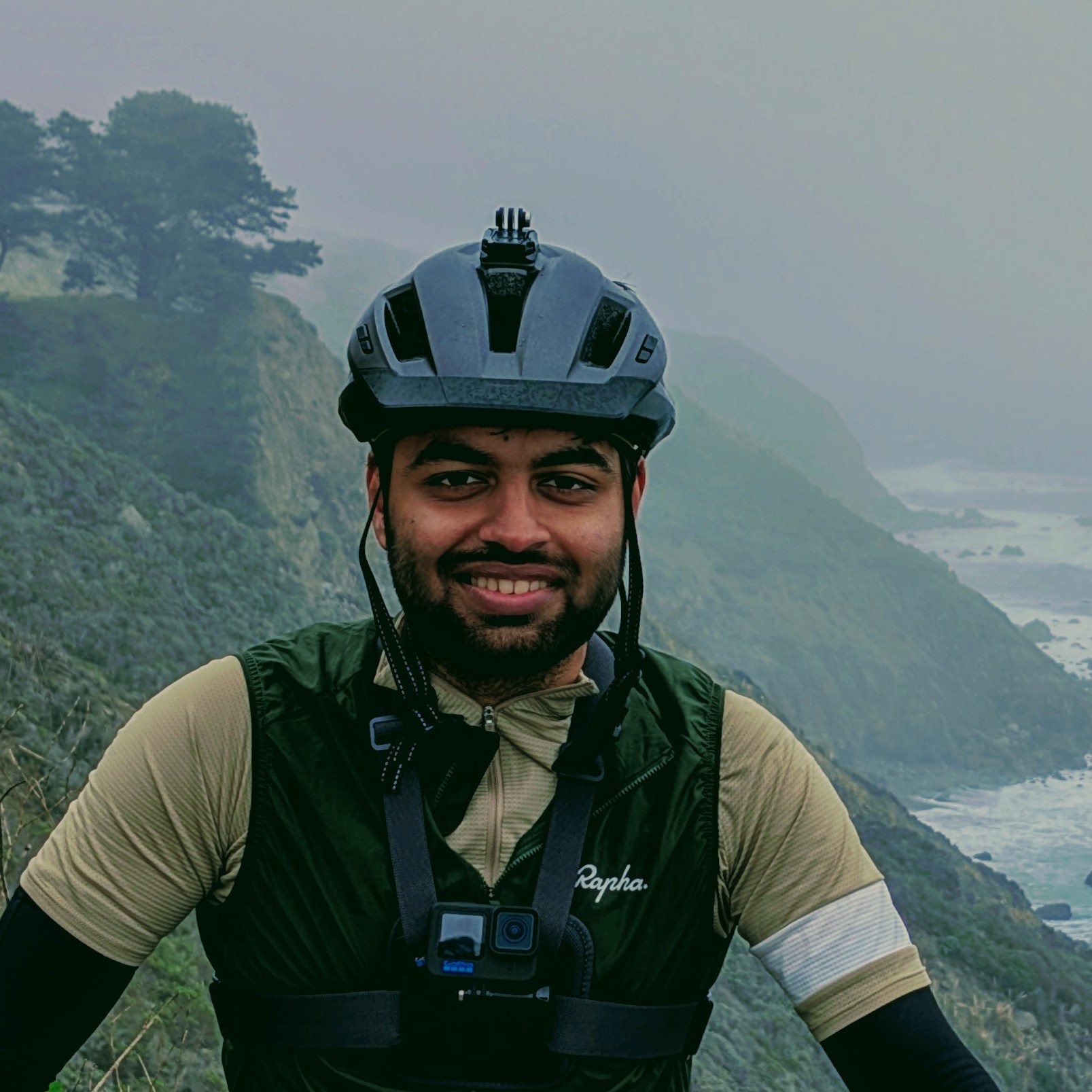Visual Navigation under High-Stress Conditions
Published in VSS, 2023
There are known individual differences in both the ability to learn the layout of novel environments and the flexibility of strategies for navigating known environments. However, it is unclear how navigational abilities are impacted by high-stress scenarios. Here we used immersive virtual reality (VR) to develop a novel behavioral paradigm to examine navigation under dynamically changing situations. We recruited 47 participants (24 male, 23 female; ages 17-32) to navigate a virtual maze (7.5m x 7.5m) using a wireless HTC VIVE Pro Eye head-mounted display. We first had participants learn a route through a virtual maze with landmarks (paintings) by guiding them along a fixed path to a target location. We then subjected them to a high-stress condition where they had to find their way through the maze while their initial path was blocked, so that they had to find an alternative route, the environment was darkened, threatening music was played, fog obstructed more distal views of the environment, and participants were given a time limit of 20 seconds to find their way, with a countdown timer displayed at the top of their screen. On trials where the path was blocked, we found that self-reported stress levels and distance traveled increased while trial completion rate decreased (as compared to nonstressed control trials), suggesting that participants are less efficient navigators under high-stress conditions. On unblocked stress trials, participants were less likely to take a shortcut and consequently less efficient. In addition, participants with more trait spatial anxiety reported more stress, walked faster, and navigated less efficiently. For a subset of participants, we also looked at eye movements and found that participants had more eye movements under high-stress conditions, most of which happened right after the path was blocked. Overall, our results suggest that navigational abilities change considerably under high-stress conditions.
